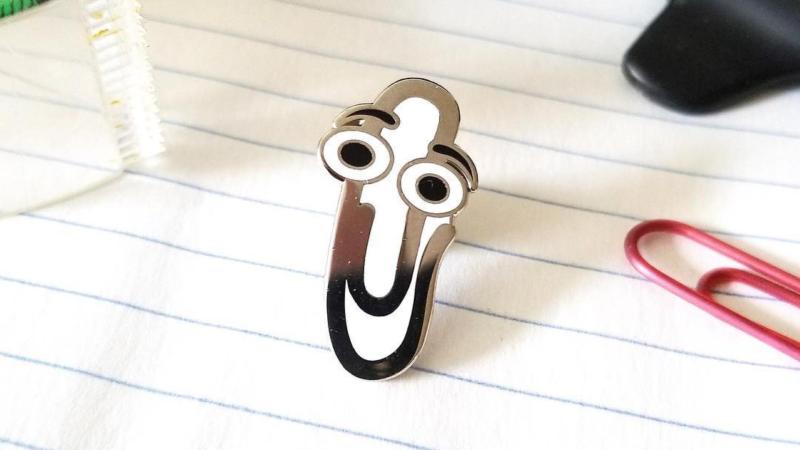
Scott Fulton working on a model of an Emperor Alexander apple affected by apple scab disease: Malus pumila (Model 813).

Luffa cylindrica (Model 272), Leopold and Rudolf Blaschka, 1892. The Archives of Rudolf and Leopold Blaschka and The Ware Collection of Blaschka Glass Models of Plants, Harvard University © President and Fellows of Harvard College.
You can read all about this fascinating restoration at The Creators Project.




















